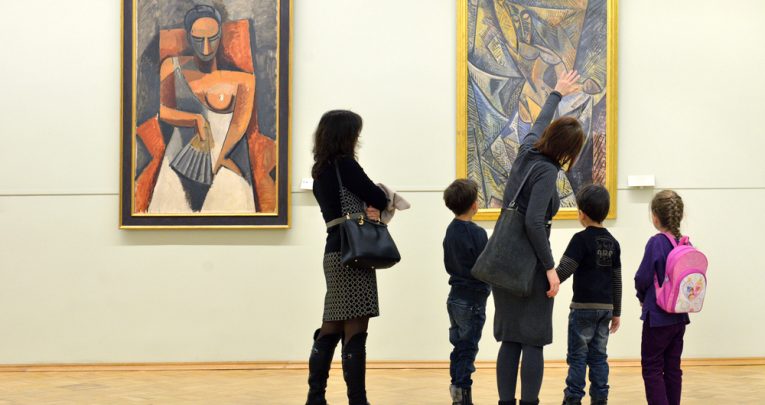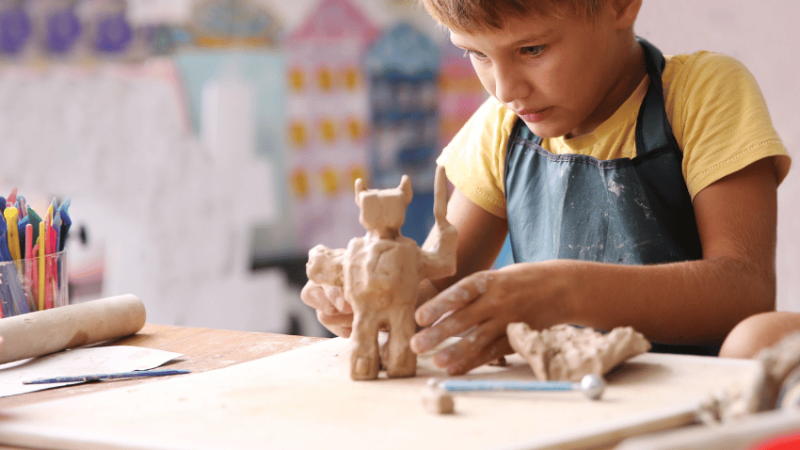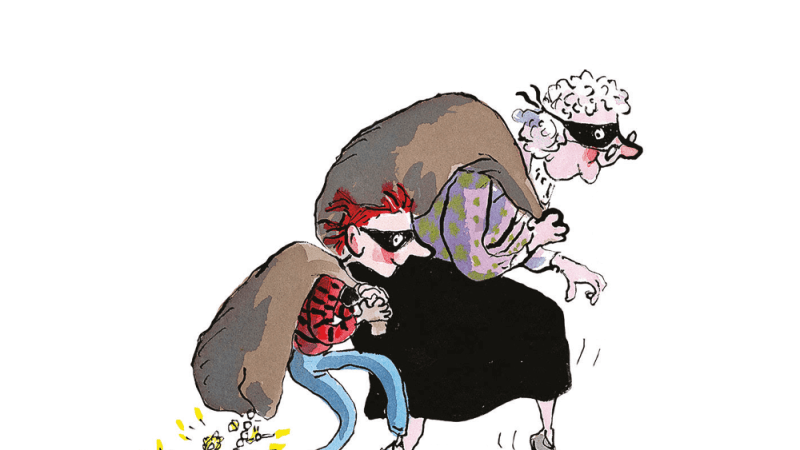Disadvantaged Pupils Need More Arts Education, Not Less

Unless we persuade disadvantaged children to take part in the arts, we’re limiting their future opportunities, says Professor Maggie Atkinson… The debate about why the arts matter to education often comes down to a reductive choice. On the one hand, ‘Yes, the arts have value – but only when they don’t distract from maths and […]

Unless we persuade disadvantaged children to take part in the arts, we’re limiting their future opportunities, says Professor Maggie Atkinson…
The debate about why the arts matter to education often comes down to a reductive choice. On the one hand, ‘Yes, the arts have value – but only when they don’t distract from maths and English’, and on the other, ‘Yes to the arts – but only for those high-achieving students who can have it as another string to their bow’. This is wrong-headed. Firstly, the arts are, in fact, academic subjects requiring extensive discipline. Secondly, they offer something to students who may struggle in other fields and so become a route into achievement.
Thirdly, those skills often developed through the arts – how to work in a team, apply skills from across the curriculum, grow your confidence, self-manage and stay disciplined – are the very qualities that schools, communities, and later universities and employers seek in children and young people.
Finally, we all deserve an introduction to culture. It is, surely, the bedrock on which a society is founded. If we ration arts engagement for certain groups of students, we risk perpetuating a hierarchy of subjects where some ‘matter’ and others don’t, further entrenching division and limiting opportunities for those already at a disadvantage.
Long-term benefits
The arts and culture are also crucial to the debate about how we work to narrow the attainment gap for pupils from more disadvantaged backgrounds; and more importantly, how we can ensure good long-term outcomes for them.
As the Chair of A New Direction – a London-wide charity promoting access to cultural education for all – I’m passionate about making sure young people who might not otherwise engage get the chance to do so. A New Direction has recently launched a campaign called Generation Culture, which encourages schools to expand their cultural offer through Pupil Premium, so that all pupils can take part – particularly disadvantaged or struggling children. Schools can sign up to join the campaign now, and make use of various materials and resources available online.
I grew up in a coal-mining community in South Yorkshire and attended good, but perfectly ordinary, non-selective schools. It was part of our community’s culture that everyone sang, or recited, or learned an instrument. In the 60s and 70s it was not the norm for us to go to university but I went, to read history at Cambridge. I still sing, play the piano, love the arts (especially theatre and poetry), and in my later adult life have learned to play the Northumbrian smallpipes.
I cannot give you scientific evidence for why the arts are crucial to children’s and communities’ social mobility – but I can tell you from my own personal story that igniting a passion, releasing creativity and opening up horizons can only have positive outcomes.
Psychological barriers
We know students from poor backgrounds are much less likely to take part in the arts outside of school, attend regular after-school clubs compared their peers, and will more likely be introduced to the arts by their school, rather than their family. We know that all too often, these students are not the ones putting their hands up to be part of the choir, lead an artistic project, sign up for trips to museums, galleries or the theatre.
They need persuasion. They may even need a degree of compulsion, to get those beyond psychological barriers that say ‘This is not for the likes of me’. I believe one of the most under-developed strategies for supporting disadvantaged students is to bravely and deliberately rest what children learn and teachers teach more heavily, and more centrally, on the arts and culture. As I heard one headteacher put it, it’s about ‘Exposure, exposure and exposure’ – opening children up to the culture on their doorstep and beyond. Poorer students need more arts, not less, in order to thrive as members of our shared culture. I encourage you to sign-up for Generation Culture, use the support materials available via our website and think about the steps you can take in your schools.
Professor Maggie Atkinson chairs A New Direction – a London-wide charity promoting access to cultural education for all. For more information, visit anewdirection.org.uk or follow @a_new_direction











